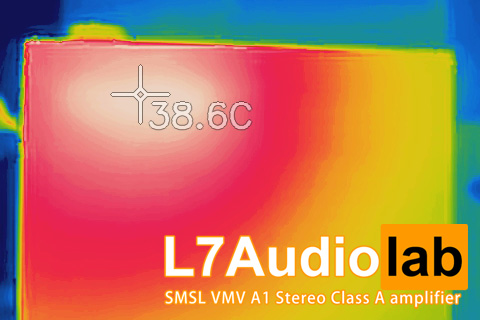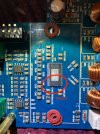I quickly noticed that neither photo had a slit to mark the position of the volume knob, nor did the case of what appeared to be a PA5s have a slit for heat dissipation.Cool news/pic @Toku Yeah without the slit (and the min/max/knob-position markings) it may also be a new E50 II with a volume knob?! Just another guess.
Anyway ... typically Topping marketing ... which IMHO works pretty well for them ... SMSL should do more of these teaser things for upcoming products.
I imagine this was intentionally removed to make the photo more mysterious.
Anyway, I'm looking forward to the new product news.




